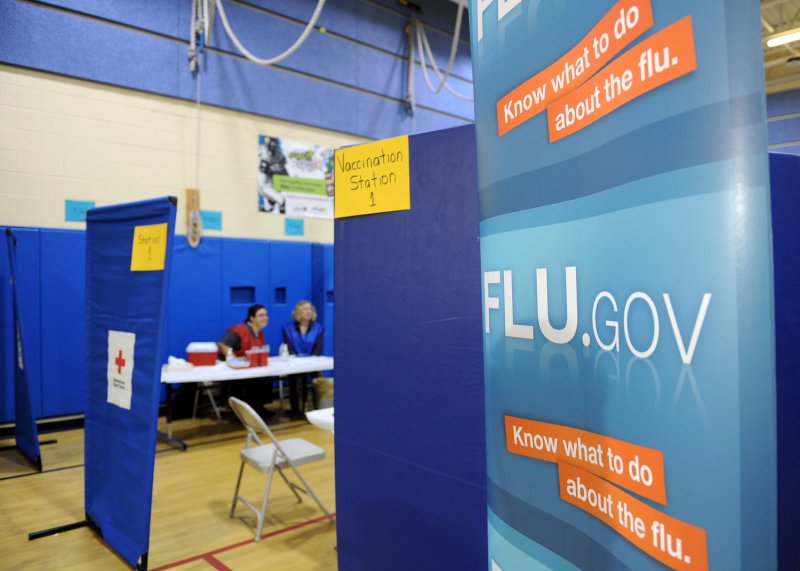IRVINE, Calif., May 24 (UPI) -- There were 53,692 pneumonia and influenza U.S. deaths in the 2009 H1N1 swine flu pandemic and the hardest hit were those age 65 and younger, researchers say.
Study co-author Andrew Noymer, an associate professor of public health at the University of California, Irvine, said deaths from flu pandemics tend to skew younger than those from typical seasonal flu because of "antigenic recycling," the fact that some parts of flu viruses have already made the rounds among older people.















